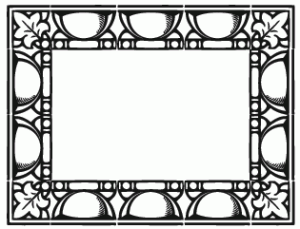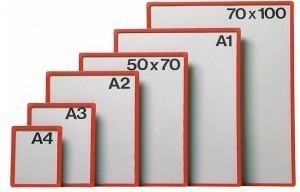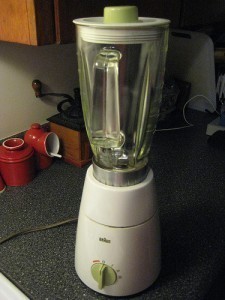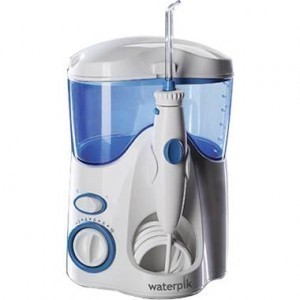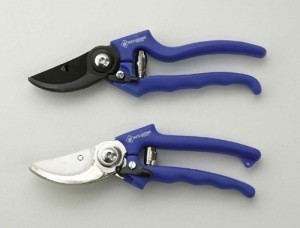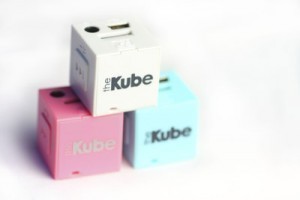Graduated Cylinder Dimensions
The graduated cylinder is a container used for 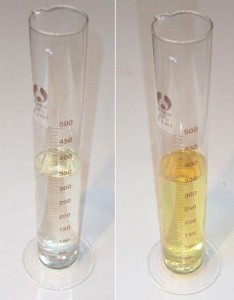 measuring chemicals and liquids in a laboratory. It is sometimes confused with the beaker, but the beaker is for mixing liquids rather than measuring.
measuring chemicals and liquids in a laboratory. It is sometimes confused with the beaker, but the beaker is for mixing liquids rather than measuring.
Graduated Cylinder Size
The most common sizes are 10 ml, 25 ml, 50 ml, 100 ml, and 500 ml. There are also 1000 ml graduated cylinders available. While the dimensions vary, the cylinders all have graduated increments at the sides. The increments however, depend on the dimensions of the cylinder.
For instance, the 10 ml graduated cylinders have 0.1 ml increments. The 25 ml cylinders on the other hand, have 0.2 ml marked increments. The cylinder you should use depends on the liquid to be mixed. A 10 ml cylinder is preferable if sampling 5 ml liquids.
For a 50 ml liquid sample, the 100 ml graduated cylinder size is better. The more liquid there is to sample, the larger the cylinder should be.
Characteristics
Graduated cylinders are often constructed from polyethylene, but there are also some made of metal or glass. Many cylinders are made from polypropylene.
Polypropylene is favored by many because of its resistance to chemicals. Polypropylene doesn’t shatter like glass. One of the drawbacks about using this cylinder though, is you cannot heat it.
Polymethylpentene is also used, mainly for its clarity. Polymethylpentene isn’t just lighter than glass, it is also sturdier. This makes them easier to ship and handle. Most graduated cylinder sizes can be autoclave (sterilize) over and over. Repeated autoclaving however, may affect its accuracy.
How to Use the Graduated Cylinder
Choose the right cylinder for the liquid being sampled. Next, look for the meniscus of the liquid. Above the liquid there will be a depression within the graduated cylinder.
The meniscus is the lowest point. Find the line that matches most closely with the meniscus. Remember that graduated cylinders have different markings. If you need to make precise liquid sampling, then subtract or add the liquid as necessary.
A pipette can be handy in subtracting or adding the amount needed. Also note that graduated cylinders always use milliliters. By contrast, beakers and flasks sometimes use other forms of measurement.
Other Information about Graduated Cylinders
The cylinder has a plastic footing to make it appear flat. The cylinder also has a plastic bumper close to the top. This feature is to prevent breakage from occurring.
Aside from students, the graduated cylinder is used by researchers, scientists and technicians. While there may be some slight variation in the design, the basic cylindrical shape is retained.
When buying graduated cylinders, there are several things you should look for. The first is the capacity (10 ml, 100 ml and so on). The next is the division (1 ml, 0.50 ml etc). The material it is made of is also important. If buying plastic, make sure it’s resistant to the chemical you will be using.
Whatever the graduated cylinder size is, it must have a flat base so it remains stable. They must also have pouring spouts. Note too that some don’t have a meniscus.
